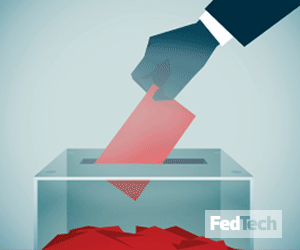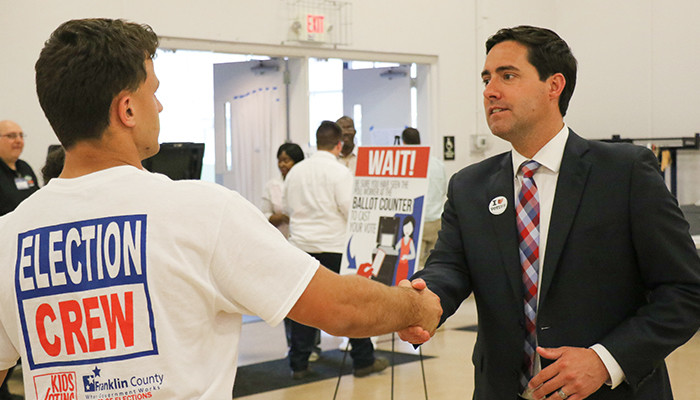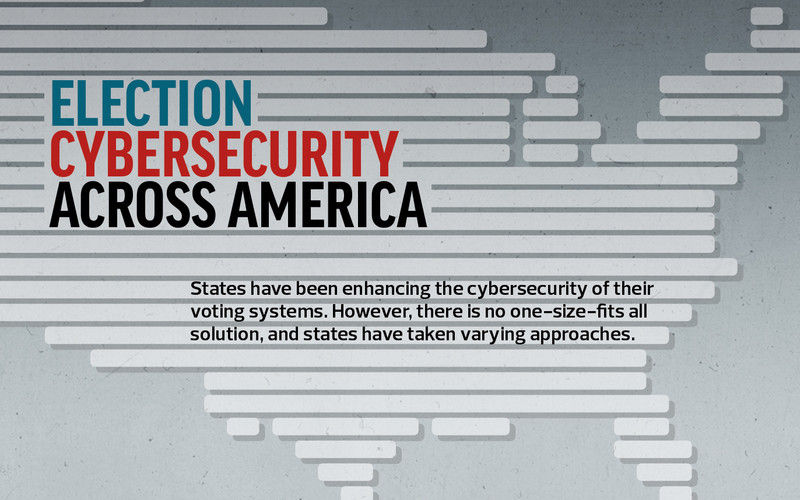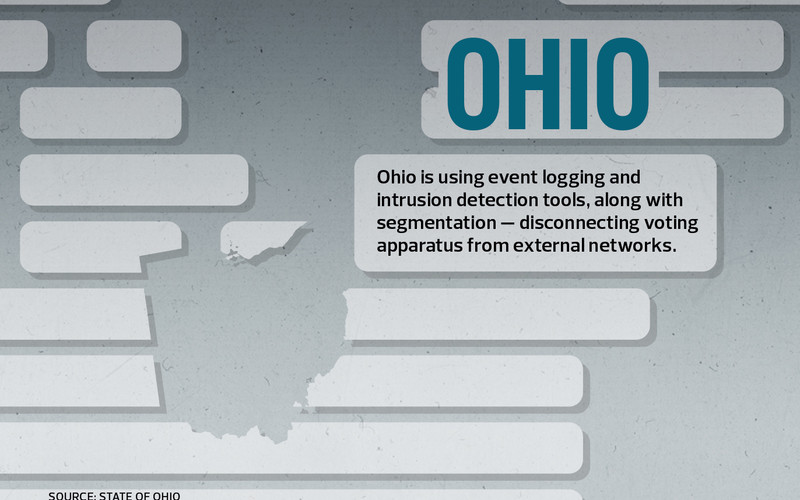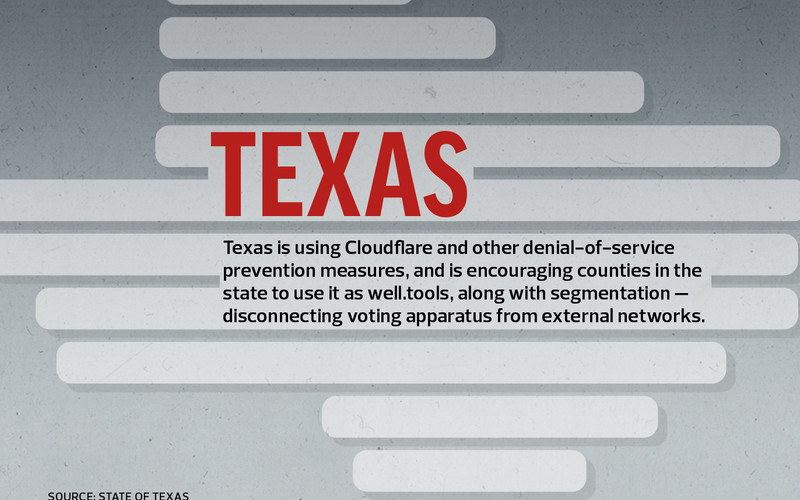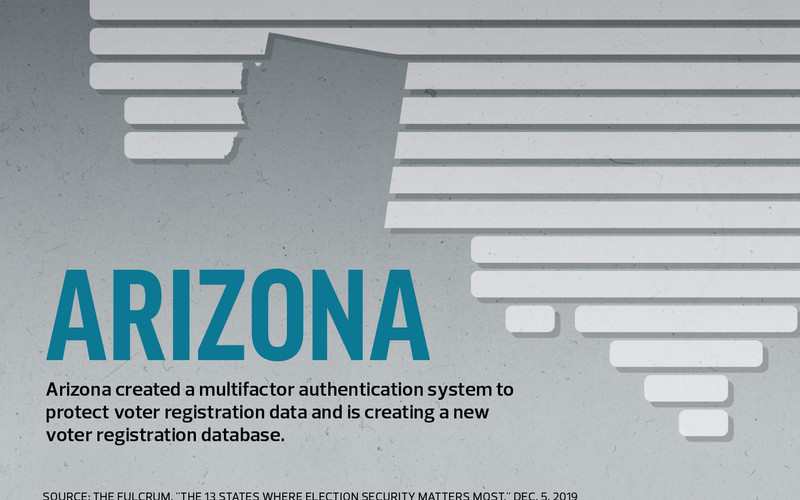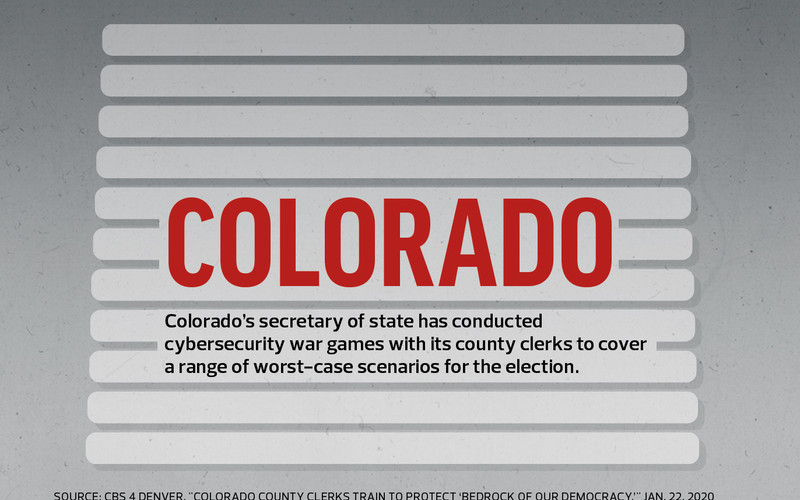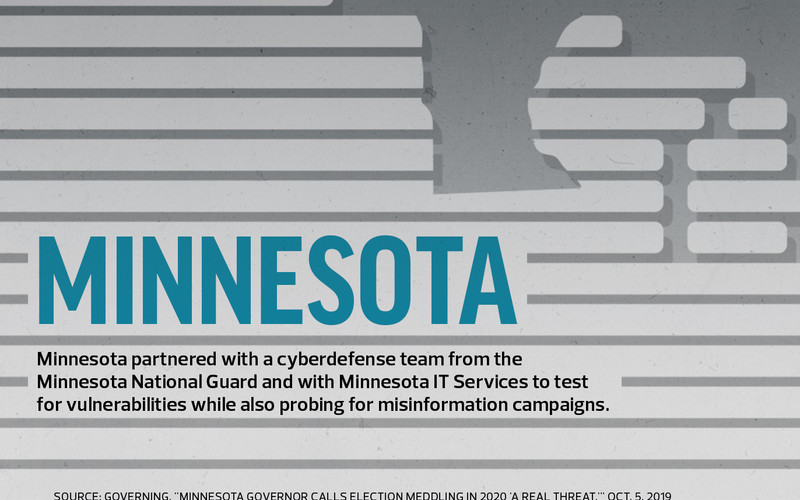States and Feds Team Up to Protect Election Infrastructure
Security agencies have documented Russian interference in the 2016 presidential election, and experts agree that bad actors from that nation and others are likely to try again. Former special counsel Robert Mueller told Congress last year, “They are doing it as we sit here.”
In January 2017, DHS responded to the threat by declaring voting to be part of the national critical infrastructure. This gave the federal government a more prominent role to play in elections, which otherwise are exclusively the purview of the states.
Since then, experts say, a new cooperative environment has arisen among federal, state and local authorities to try to prevent cyber tampering and ensure public confidence in the process.
With the creation of the Elections Infrastructure Information Sharing and Analysis Center in 2018, state officials gained access to a common source of threat data — and, just as important, a common forum for sharing cyber concerns around the elections.
“We are building a dialogue with DHS and trying to get them comfortable in our world,” says Paul Pate, president of the National Association of Secretaries of State and Iowa’s secretary of state. “We’ve been setting up various communication tools and setting up resources. When we started on this path, the feds weren’t telling us anything, so just the progress on that front has been a big improvement.”
The cooperative arrangement enables states to see further than ever as they seek to harden their voting systems against potential incursions.







